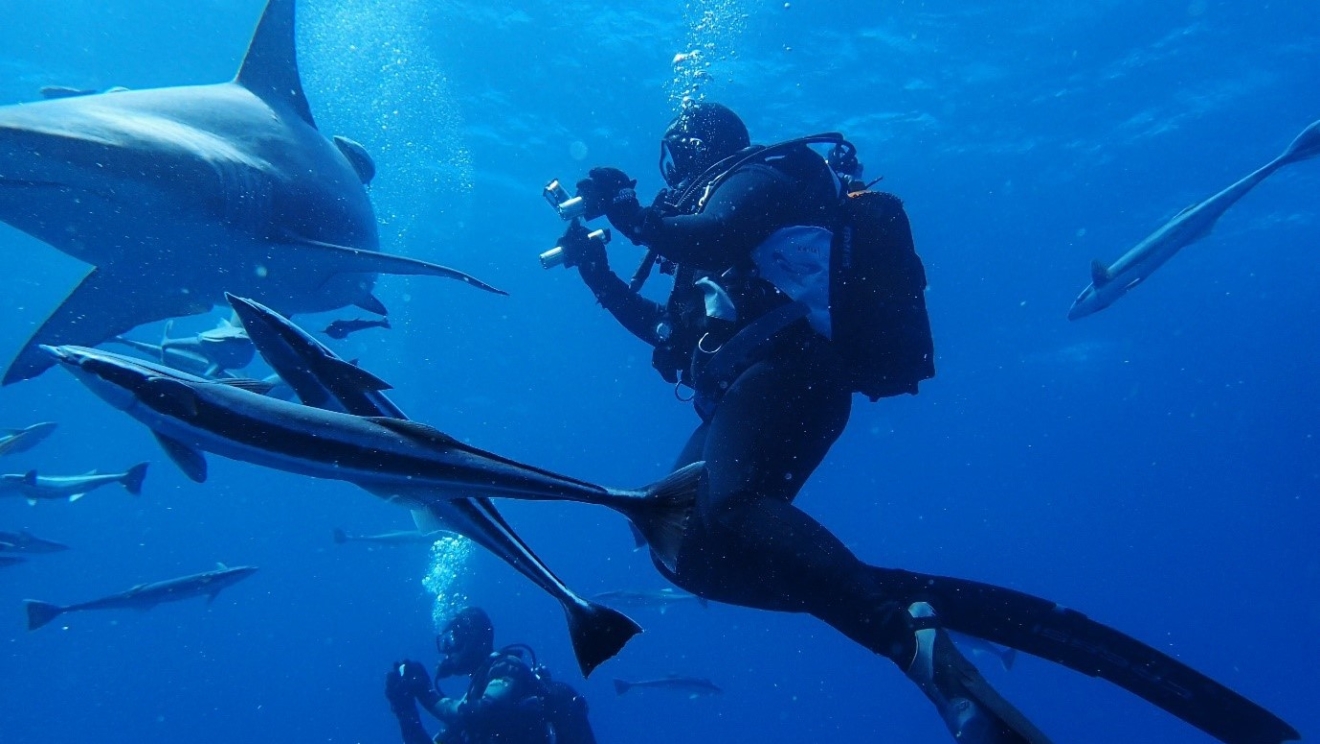

Saving sharks, protecting people, preserving oceans: the story of SharkSafe Barrier
01 June 2023 Daria Shumilova
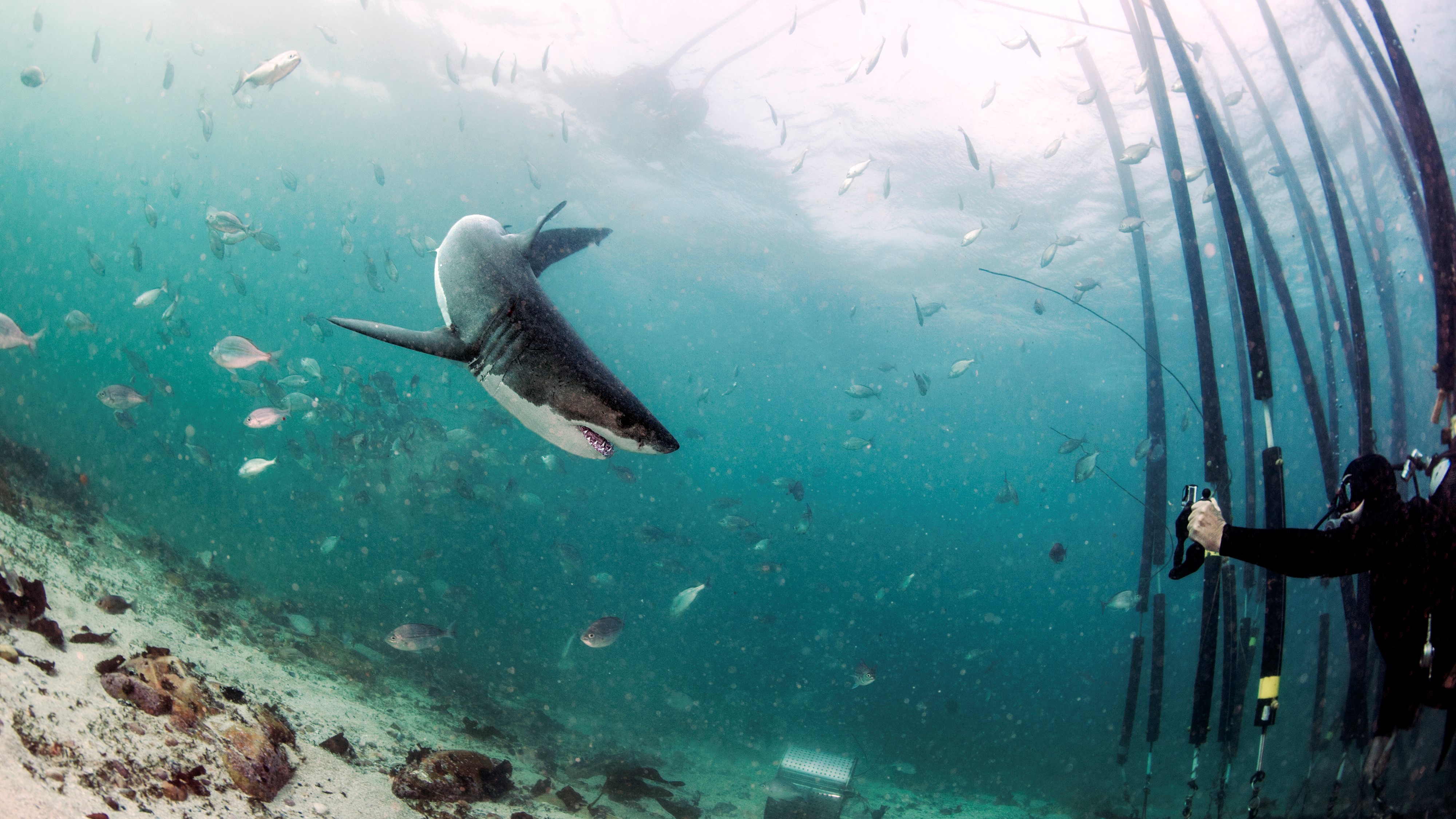
In the depths of the oceans lives one of the most misunderstood creatures: the shark. From Steven Spielberg's "Jaws" to news of shocking shark attacks, these fascinating animals have been cast as sea villains.
Countries like South Africa and Australia have invested in technologies such as shark nets and drum lines to protect swimmers from attacks. While reducing risks, these methods do significant harm by killing sharks and other marine creatures, including turtles, dolphins and whale calves.
There are, however, alternative solutions to help people and sharks co-exist, and one of them is SharkSafe Barrier.

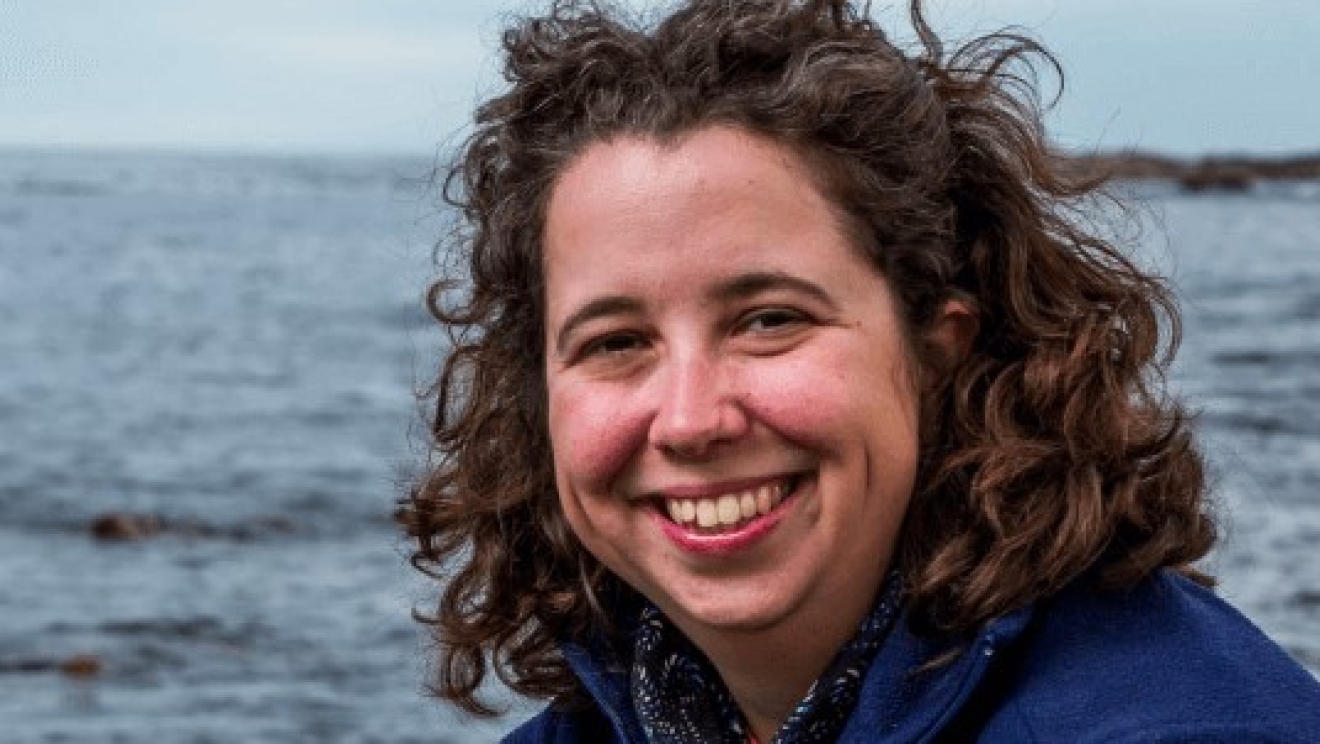
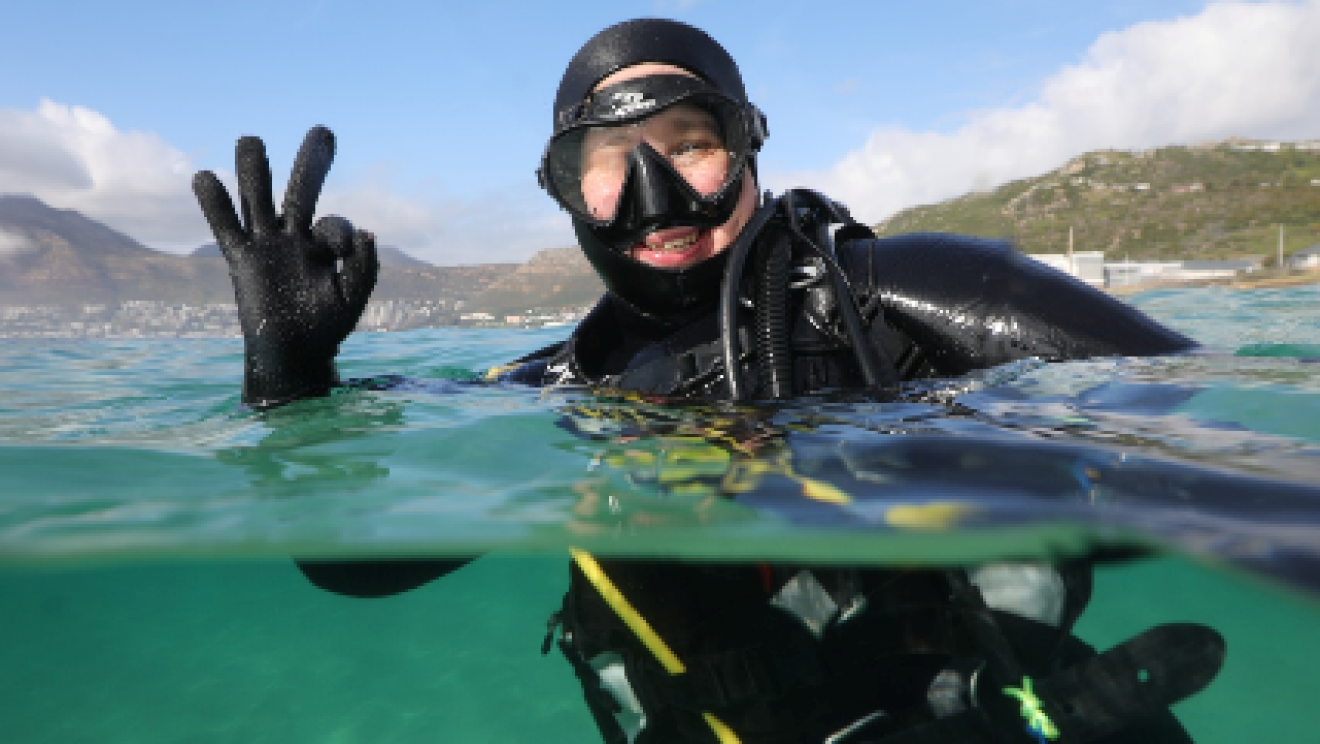
Marine biologist Sara Andreotti has devoted her work to studying and protecting sharks. She began working on the conservation of white sharks in 2009 during her PhD at Stellenbosch University, South Africa. The research team of Andreotti, Professor Conrad Matthee, coastal engineer Laurie Barwell and shark conservationist Mike Rutzen looked for a solution to make South Africa's beaches safer for swimmers and surfers, without harming marine life.
Andreotti identified nets and drum lines, which were introduced from the 1930s as a response to shark attacks, as significant threats to shark populations. Shark nets are barriers placed underwater in order to catch and kill sharks that swim into them. Drum lines are anchored buoys with a baited hook that catch sharks on the line. The use of these methods leads to the death every year not only of hundreds of sharks but also to many other marine animals.
Realizing that shark numbers are sharply decreasing and driven by the necessity to find a solution to protect both humans and ocean life, Andreotti and her colleagues developed a technology inspired by nature: the SharkSafe Barrier (SSB).
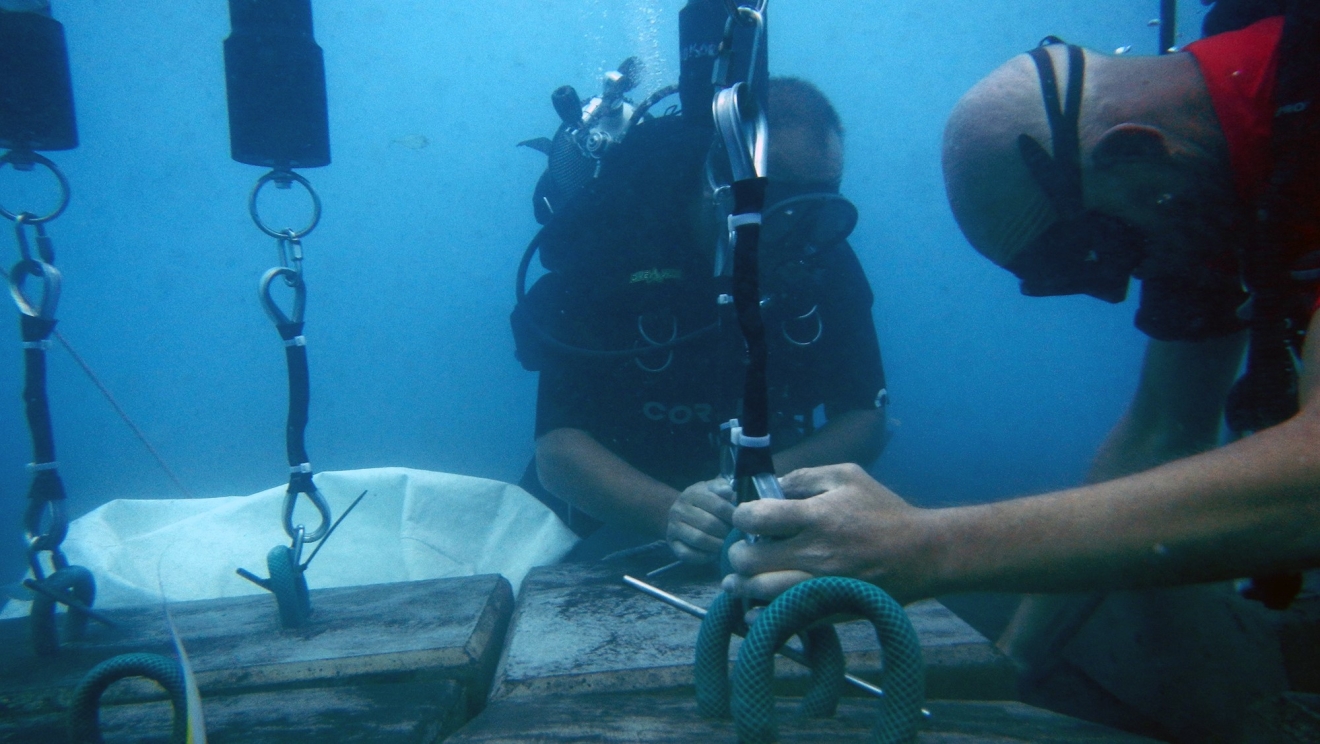
The SSB is composed of an array of multiple vertical tubes (SSB units) that mimic the visual effect of a natural kelp forest, which sharks tend to avoid so as not to get entangled. Kelp is a type of algae that attaches to the seabed and grows to the water's surface, forming a dense curtain.
The SSB units are manufactured from recycled high-density polyethylene (HDPE). They are vertically buoyant, anchored to the seafloor and extend up above the surface.
The outer row of the SSB units include magnets, which create a permanent magnetic stimuli, forming a barrier that dissuades sharks from passing through.
These two elements combine to create a protective exclusion barrier for sharks, while ensuring no danger to other marine life. The SSB allows other fish and animals to swim through the floating tubes, and boats can also freely pass through the barrier.
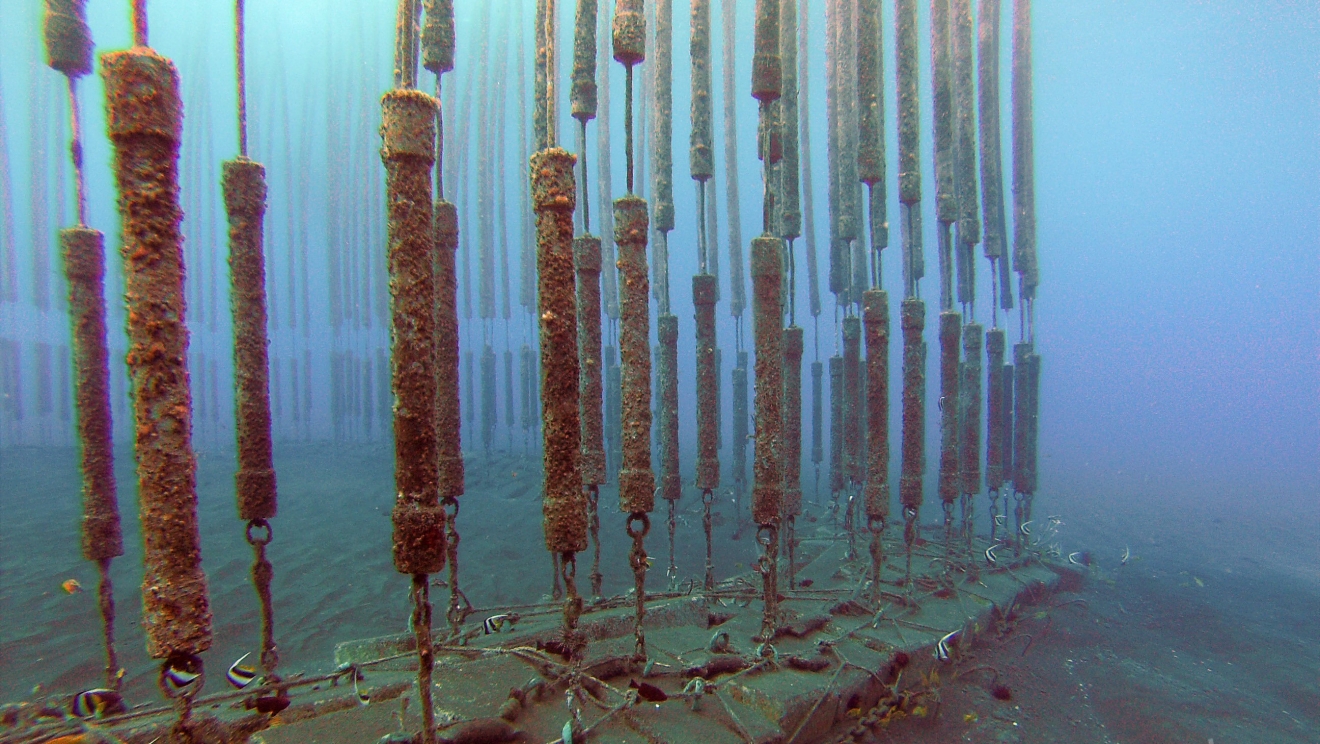
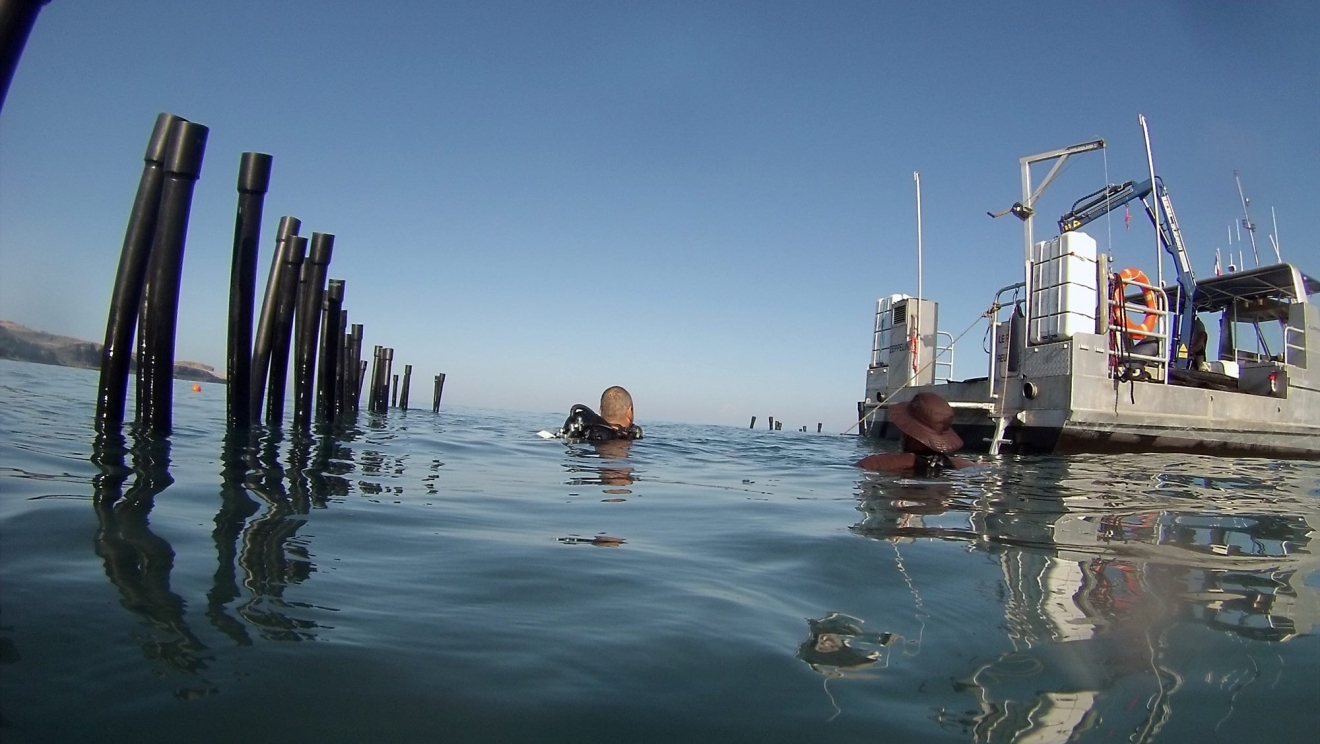
The test installations showed promising results, so, on finishing her PhD, the University asked Andreotti to commercialize the technology. As an academic with no experience in business modelling, profits or marketing, Andreotti felt unprepared for this step. However, her involvement with UNIDO’s Global Cleantech Innovation Programme (GCIP)* in South Africa changed her perspective. It exposed her to business training and mentoring, financial modeling, pitching and other aspects crucial for developing a business.
The GCIP gave Andreotti the tools to interact effectively with investors. As a GCIP South Africa 2017 finalist, Andreotti had the opportunity to meet with investors in Los Angeles and make important connections. "Through participating in GCIP, I learned how to view things from the investors' perspective, understanding their key interest points such as profitability or market analysis,” says Andreotti.
After GCIP, Andreotti and her team moved on to the next steps, exploring other programmes focused on blue economy, including Ocean Hub Africa and the 1000 Ocean Start-ups Coalition. In 2021, the World Economic Forum’s online innovation platform UpLink recognized SharkSafe Barrier as one of the leading solution providers for ocean preservation. In May 2023, it became part of the Conservation International (CI) Ventures portfolio. CI Ventures is now investing US$250,000 to support pilot projects focused on testing the technology on different sea substrates and conditions.
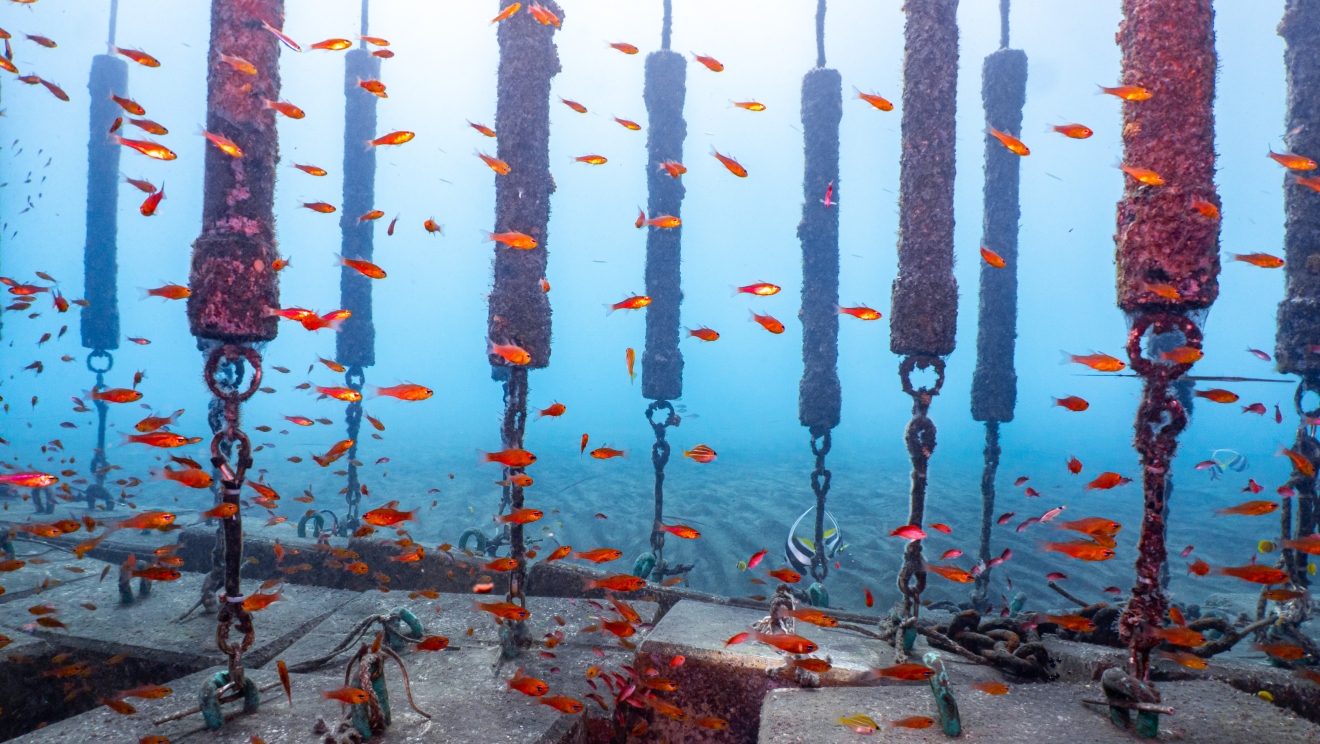
The pioneering approach of SharkSafe Barrier to safeguarding both humans and sharks paves the way for safer beaches without causing unnecessary harm. Andreotti’s dream for her company’s impact is a future where people and sharks can both enjoy the oceans.
"I hope that shark nets and drum lines will belong to the history books. This technology can hopefully create new jobs worldwide and inspire shark public awareness, education and conservation," says Andreotti.
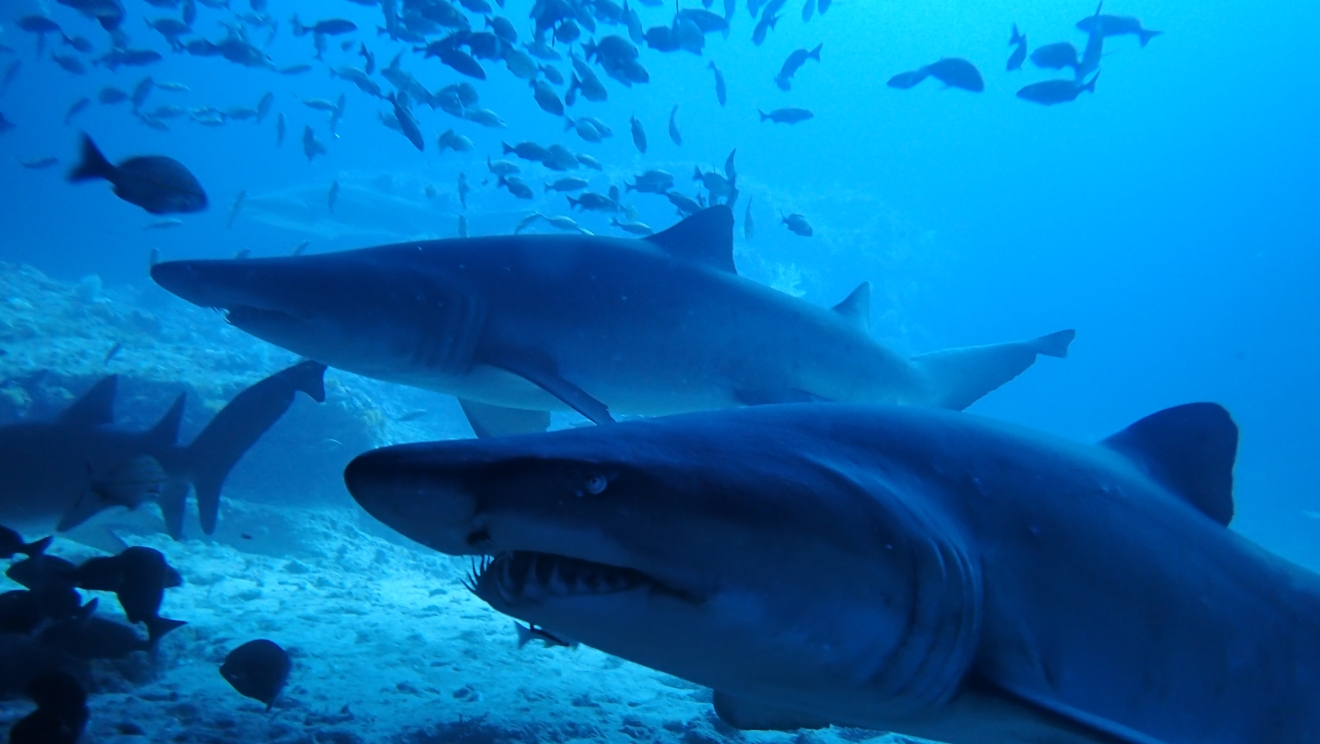
As predators at the top of the food chain, sharks are essential for maintaining a balanced and healthy marine ecosystem. However, besides nets and drum lines, they face other human-created threats. From poaching to heavy metal and plastic pollution, these challenges must be addressed to ensure their survival and ultimately the biodiversity of our oceans.
* GCIP is a programme led by the United Nations Industrial Development Organization (UNIDO) in partnership with the Global Environment Facility (GEF) and the Green Climate Fund (GCF). It promotes cleantech innovation and entrepreneurship in emerging market and developing economies to address climate challenges and foster sustainable development.